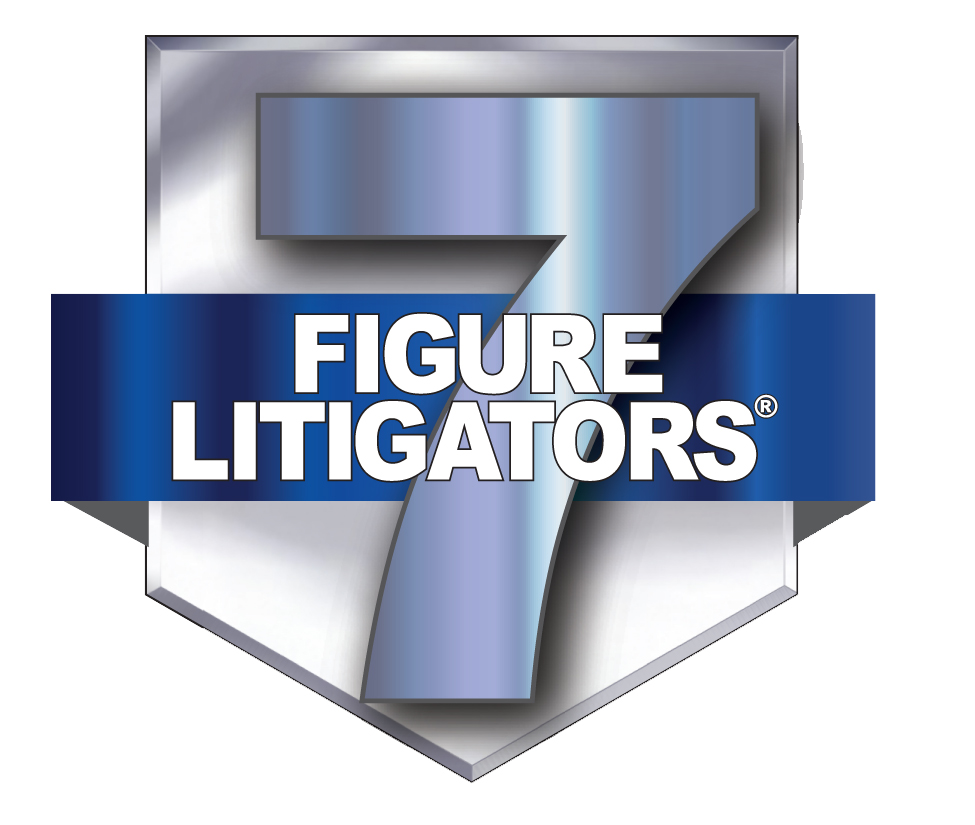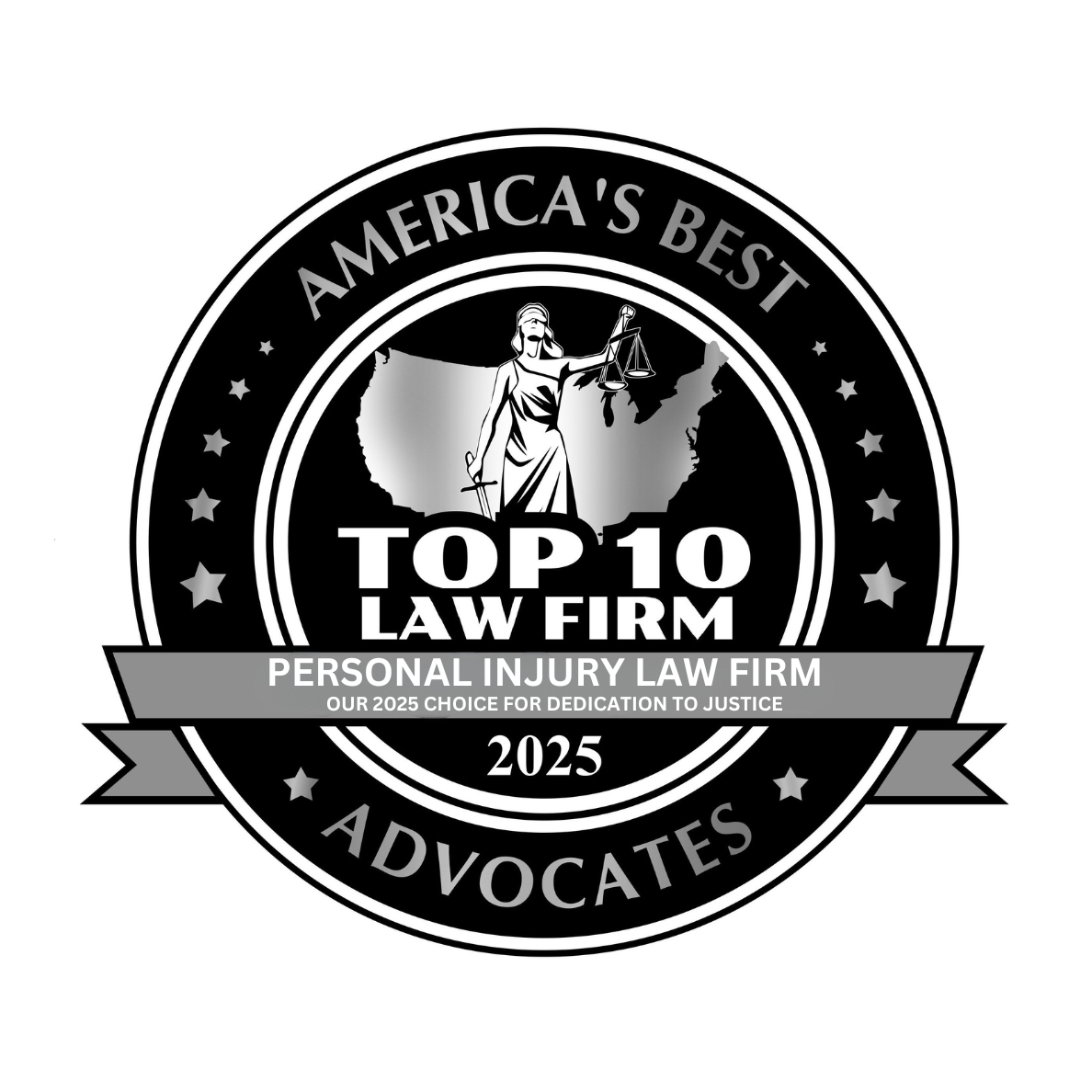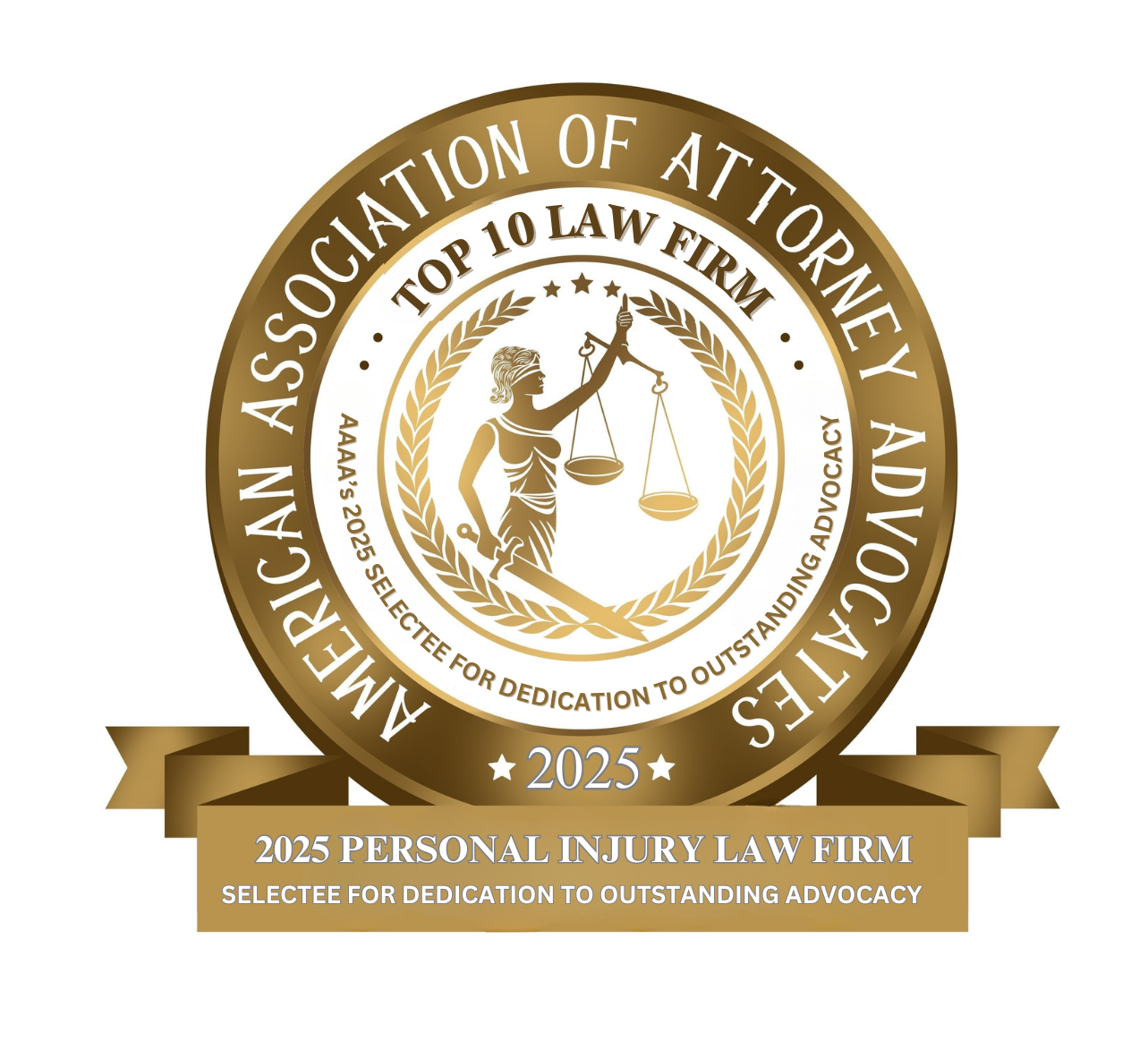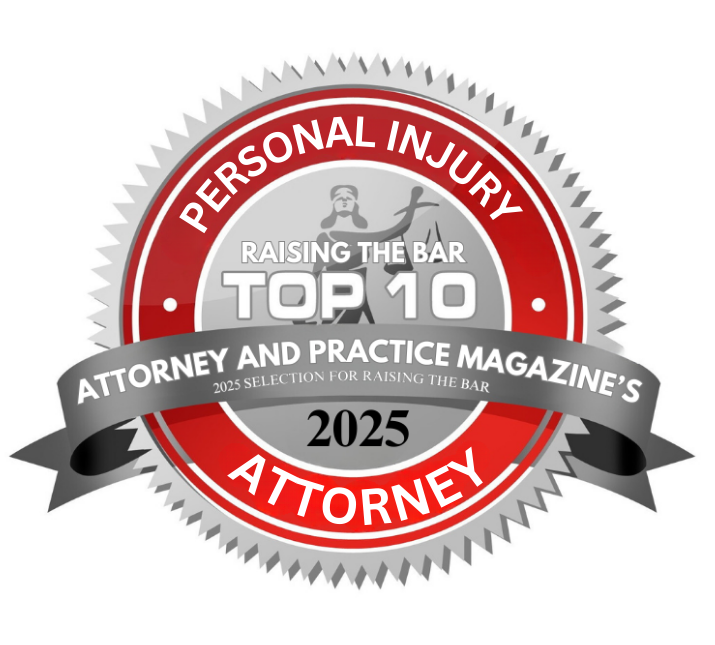Illinois Nursing Home Bedrail Injury Lawyers
Compassionate Elder Law Attorneys for Nursing Home Residents Entrapped or Suffocated by Bedrails in Naperville, St. Charles and Throughout Illinois
Bedrails—also known as side rails or safety rails—are commonly used in nursing homes to prevent elderly residents from falling out of bed. While these devices may seem like basic safety features, bedrails have a long and troubling history of causing serious and even fatal injuries in long-term care facilities. Improper use, defective design, and lack of supervision can all lead to devastating consequences.

At John J. Malm & Associates, we are committed to protecting the rights and dignity of Illinois nursing home residents. With decades of experience handling elder abuse and neglect cases, our team has seen firsthand how something as seemingly simple as a bedrail can cause devastating harm when used improperly. Bedrails are often marketed as safety devices, but in too many nursing homes, they become dangerous hazards that lead to serious injuries or even death.
What Are Bedrails?
Bedrails are metal or plastic bars attached to the sides of a bed. They are intended to:
- Prevent residents from rolling out of bed while sleeping.
- Assist with repositioning or mobility in bed.
- Provide a sense of security or comfort.
Bedrails are classified as medical devices by the U.S. Food and Drug Administration (FDA). They are often used in hospitals, assisted living facilities, and nursing homes. However, when used incorrectly, bedrails can become physical restraints or even hazards.
Common Causes of Bedrail Injuries
Bedrail injuries typically result from the resident becoming entrapped between the bedrail and the mattress or becoming stuck in the bedrail itself. Common causes include:
- Improper installation or maintenance of bedrails.
- Use of mismatched bed and rail systems, leaving dangerous gaps.
- Lack of staff supervision, especially during nighttime hours.
- Use of bedrails for residents with cognitive impairments, such as dementia or Alzheimer’s disease, who may try to climb over them.
Types of Bedrail Injuries
Bedrail injuries can be both traumatic and fatal. Some of the most common types include:
1. Entrapment Injuries
Entrapment occurs when part of a resident’s body becomes caught between the mattress and the bedrail. The FDA has identified seven zones of potential entrapment, including the space between the bedrail and mattress and openings within the rails themselves.
2. Asphyxiation and Suffocation
In the most serious cases, residents can become trapped and strangle or suffocate due to restricted airflow. According to the FDA, entrapment in bedrails has led to hundreds of deaths nationwide.
3. Fractures and Lacerations
Residents attempting to climb over bedrails may fall and suffer broken bones, head trauma, or deep cuts. Elderly individuals are especially vulnerable to these types of injuries due to bone fragility and thin skin.
4. Emotional and Psychological Harm
Being restrained or trapped in a bedrail can also cause anxiety, panic, and trauma, especially for residents with memory or mood disorders.
Bedrail Injury Statistics
The dangers of bedrails are well documented, and the statistics are alarming:
- According to the U.S. Food and Drug Administration (FDA), between 1985 and 2013, 531 deaths were attributed to bedrail entrapment, with an additional 151 non-fatal injuries and 27 reports of entrapment without injury.
- A report from the Consumer Product Safety Commission (CPSC) estimated that approximately 36,900 bedrail-related injuries were treated in emergency rooms from 2003 to 2012, many involving older adults.
- A study published in the Journal of the American Geriatrics Society found that bedrail use did not reduce fall rates, but actually increased the risk of injury when residents attempted to climb over them.
- Research from the Canadian Medical Association Journal reported that bedrail entrapment led to one death per week in the U.S. and Canada combined, many of which were preventable.
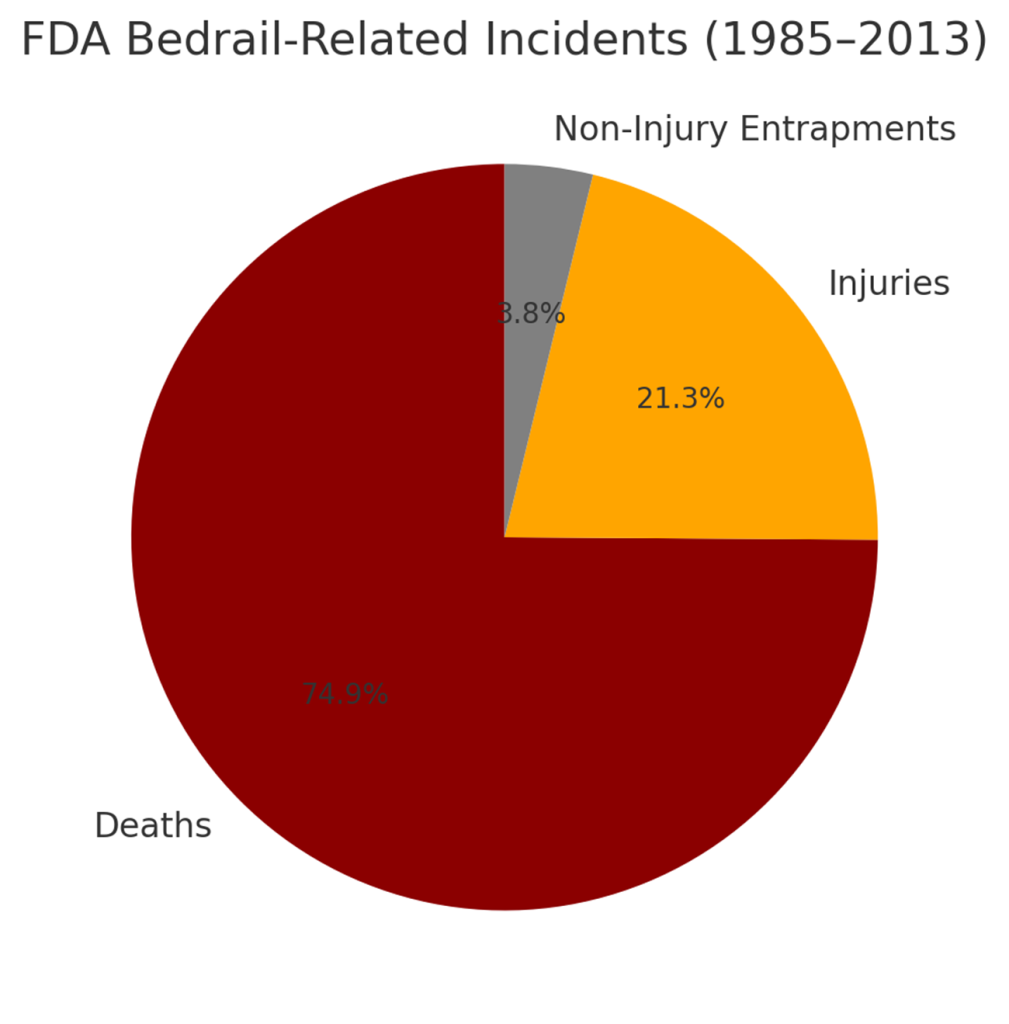
Are Bedrails Legal in Nursing Homes?
Yes, bedrails are legal, but their use is heavily regulated. Under federal law, nursing homes must ensure that any bedrail use complies with resident safety and dignity guidelines.
Federal Regulations
- 42 CFR § 483.25(n): This regulation under the Centers for Medicare & Medicaid Services (CMS) requires nursing homes to assess and ensure that bedrails are necessary, safe, and not used as restraints without justification.
- OBRA (Omnibus Budget Reconciliation Act) of 1987: This act prohibits unnecessary use of physical restraints, including bedrails, unless medically justified and with informed consent.
- FDA Safety Communications: The FDA has issued multiple alerts about bedrail risks, emphasizing the need for proper assessment, fitting, and supervision.
When Bedrails Become a Form of Negligence
In many nursing home injury cases, bedrails are used improperly, excessively, or without proper oversight. Here’s when they may rise to the level of negligence or elder abuse:
- Failure to assess risk before using bedrails on a resident with dementia.
- Lack of informed consent from the resident or family.
- Improper installation, creating unsafe gaps that lead to entrapment.
- Failure to supervise, especially overnight.
- Ignoring manufacturer guidelines or safety warnings.
When such conduct leads to injury or death, the nursing home may be held liable under Illinois law for nursing home neglect or wrongful death.
Legal Rights of Injured Nursing Home Residents
Residents in nursing homes have the right to live in a safe, dignified, and restraint-free environment. When bedrails cause harm due to negligence or improper use, residents (or their families) may be entitled to compensation.
Possible Legal Claims
- Negligence
- Violation of nursing home regulations
- Elder abuse or neglect
- Wrongful death
Compensation May Include:
- Medical expenses
- Pain and suffering
- Emotional distress
- Funeral or burial costs (in fatal cases)
- Punitive damages in cases of gross negligence or willful misconduct
How Our Illinois Nursing Home Abuse Attorneys Can Help
If you or a loved one has been injured by a bedrail in a nursing home, it’s critical to consult with an attorney who understands both elder law and personal injury litigation. A qualified Illinois nursing home injury lawyer can:
- Investigate the circumstances of the injury.
- Request medical records and facility inspection reports.
- Determine whether regulations were violated.
- Consult medical and safety experts.
- Pursue full and fair compensation on your behalf.
Preventing Bedrail Injuries
To reduce the risk of bedrail injuries, families and nursing home administrators should follow best practices:
Best Practices For Care Facilities:
- Conduct individual risk assessments before installing bedrails.
- Use bedrail alternatives such as bed alarms, low beds, or floor mats.
- Ensure bed systems are compatible to avoid dangerous gaps.
- Train staff regularly on safety protocols.
- Monitor residents, especially those with cognitive impairments.
Best Practices For Families of Residents:
- Ask whether bedrails are being used and why.
- Request a care plan review if you’re concerned about bed safety.
- Check for signs of injury, bruising, or restraint use.
- Document concerns and communicate them to administrators.
Alternatives to Bedrails
The FDA and CMS both encourage the use of non-restrictive alternatives to bedrails. These options reduce the risk of injury while supporting resident mobility and comfort:
- Lowered beds
- Motion sensors or bed alarms
- Padded roll guards
- Adjustable mattresses
- Increased supervision during high-risk periods
Bedrails, while intended to protect nursing home residents, can quickly become dangerous if misused, poorly maintained, or applied without proper oversight. Thousands of preventable injuries and deaths have occurred across the U.S. due to entrapment, suffocation, and falls related to bedrails.
Contact the Award-Winning Illinois Nursing Home Abuse and Neglect Lawyers at John J. Malm & Associates
If you or a family member has been injured by a bedrail in an Illinois nursing home, don’t wait to take action. At John J. Malm & Associates, our elder neglect injury attorneys are here to fight for your rights and ensure your loved one receives the care and dignity they deserve. Contact us today for a free, confidential consultation. We’re ready to help you get justice.







